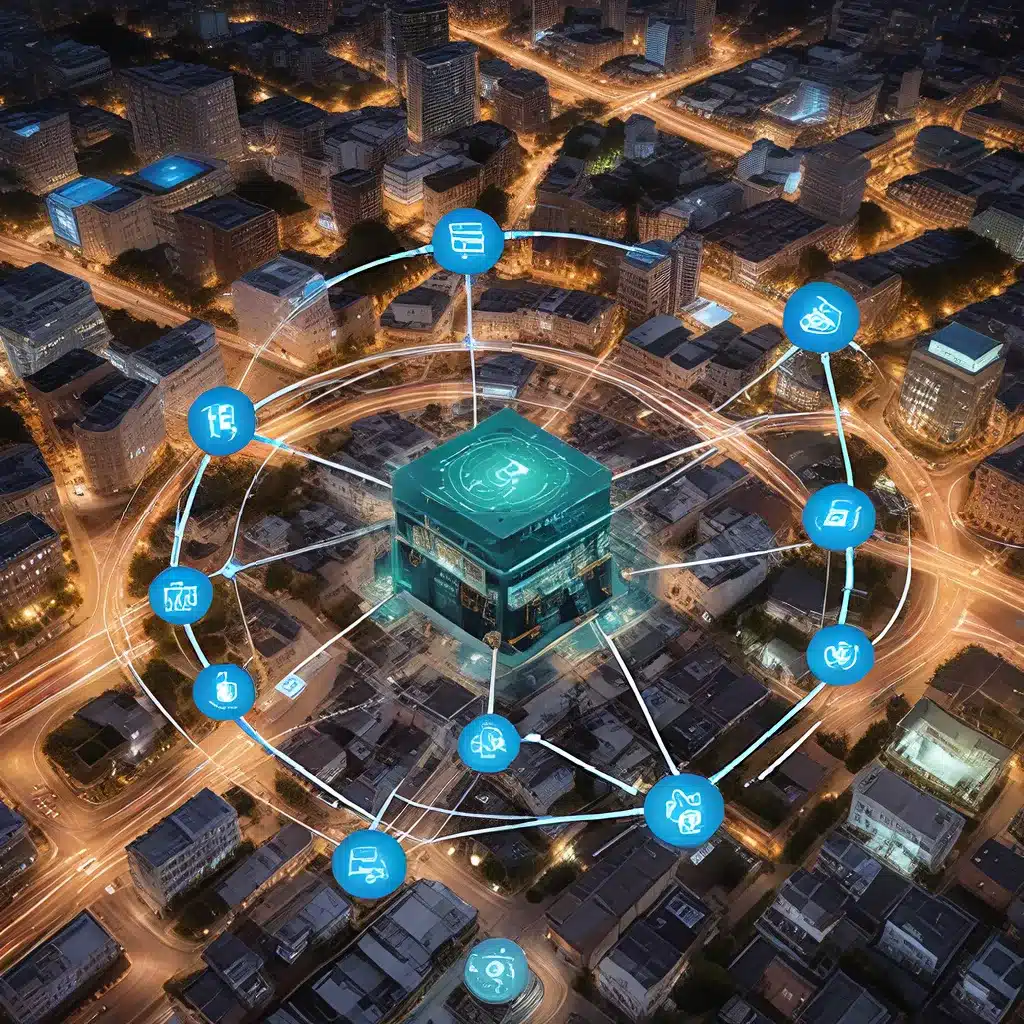
The Rise of Smart Sensors in IoT
The rapid evolution of sensor networks and the Internet of Things (IoT) has ushered in a new era of data-driven intelligence and automation. At the heart of this transformation are smart sensors – advanced devices that can collect, process, and communicate data from their environment with remarkable sophistication.
Unlike traditional sensors, which simply acquire raw data, smart sensors integrate sensing, data processing, and communication capabilities, often leveraging artificial intelligence (AI) and machine learning (ML) to enhance their functionality and decision-making processes. This combination empowers smart sensors to perform complex tasks, improve efficiency, and adapt to changing conditions in real-time.
The Power of Sensor Fusion
One of the most compelling advancements in the world of smart sensors is the concept of sensor fusion. Sensor fusion is the process of integrating data from multiple sensors to produce more accurate and reliable information about the environment. By combining complementary data streams, sensor fusion can offer a more comprehensive and nuanced understanding of a given situation, enabling enhanced situational awareness.
This approach is particularly valuable in IoT ecosystems, where a multitude of sensors are often deployed to monitor various aspects of a system or environment. By fusing the data from these disparate sensors, IoT systems can gain a deeper insight into the dynamics at play, leading to more informed decision-making and optimized outcomes.
Enhancing Situational Awareness with Sensor Fusion
Situational awareness is a critical aspect of IoT systems, as it enables the timely detection and effective response to evolving conditions. Sensor fusion plays a pivotal role in elevating situational awareness by:
-
Improving Accuracy: By combining data from multiple sensors, sensor fusion can mitigate the limitations of individual sensors, providing a more comprehensive and reliable understanding of the environment.
-
Detecting Anomalies: Sensor fusion can identify patterns and anomalies that may not be apparent from a single data source, enabling the early detection of potential issues or threats.
-
Enhancing Adaptability: Sensor fusion allows IoT systems to adapt to changing conditions more effectively, as they can respond to nuanced changes in the environment based on the integrated data.
-
Enabling Context-Aware Decisions: By combining sensor data with other contextual information, sensor fusion can support informed decision-making and intelligent automation within IoT ecosystems.
Practical Applications of Sensor Fusion
The applications of sensor fusion in IoT ecosystems are wide-ranging and span numerous industries, including:
| Industry | Application |
|---|---|
| Smart Cities |
– Traffic management and optimization – Environmental monitoring (air quality, noise levels, etc.) – Public safety and security |
| Industrial Automation |
– Predictive maintenance of machinery – Quality control and process optimization – Efficient energy management |
| Healthcare |
– Remote patient monitoring – Personalized treatment and intervention – Improved clinical decision-making |
| Agriculture |
– Precision farming and crop management – Livestock monitoring and welfare – Optimized resource utilization |
In each of these domains, the integration of data from various sensors, such as cameras, GPS, temperature, humidity, and motion sensors, enables a holistic understanding of the environment, leading to enhanced decision-making, improved efficiency, and better-informed actions.
Challenges and Considerations in Sensor Fusion
While the benefits of sensor fusion are compelling, there are several challenges and considerations that must be addressed to ensure the successful deployment and operation of these systems:
-
Data Integration and Interoperability: Integrating data from diverse sensor types and vendors can be a complex task, requiring standardized protocols and robust data management systems.
-
Privacy and Security: The collection and processing of sensitive data from IoT sensors raise privacy and security concerns that must be addressed through robust data protection measures and secure communication protocols.
-
Energy Efficiency: IoT systems, particularly those deployed in remote or resource-constrained environments, must prioritize energy-efficient designs to ensure long-term sustainability and reliable operation.
-
Edge Computing and Latency: The real-time nature of many IoT applications necessitates the use of edge computing to process sensor data closer to the source, reducing latency and bandwidth requirements.
-
Scalability and Adaptability: As IoT ecosystems grow in complexity, sensor fusion systems must be designed to scale and adapt to accommodate increasing numbers of sensors and evolving data requirements.
The Future of Sensor Fusion in IoT
As the Internet of Things continues to expand and evolve, the role of sensor fusion in enhancing situational awareness and decision-making within IoT ecosystems will only become more crucial. With advancements in AI, ML, and edge computing, the capabilities of smart sensors will continue to grow, enabling ever-more sophisticated and responsive IoT systems.
Furthermore, the integration of sensor fusion with emerging technologies, such as digital twins and augmented reality, will open up new frontiers for enhanced visualization, predictive analytics, and collaborative decision-making in diverse application domains.
By harnessing the power of sensor fusion, IoT stakeholders can unlock a future of increased efficiency, improved safety, and enhanced sustainability – ultimately transforming the way we interact with and understand our connected world.
To explore the latest advancements in sensor networks and IoT, visit our website and engage with our community of experts and enthusiasts.